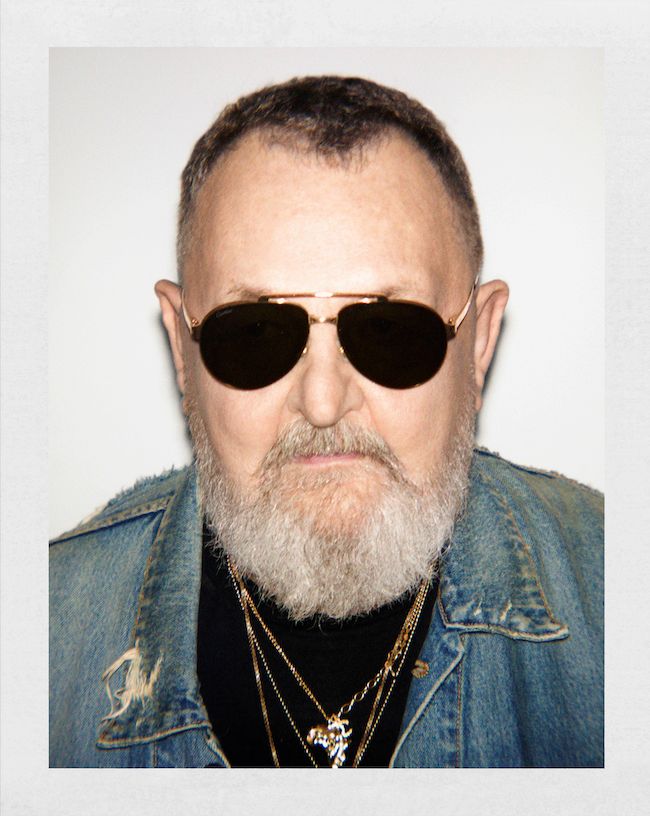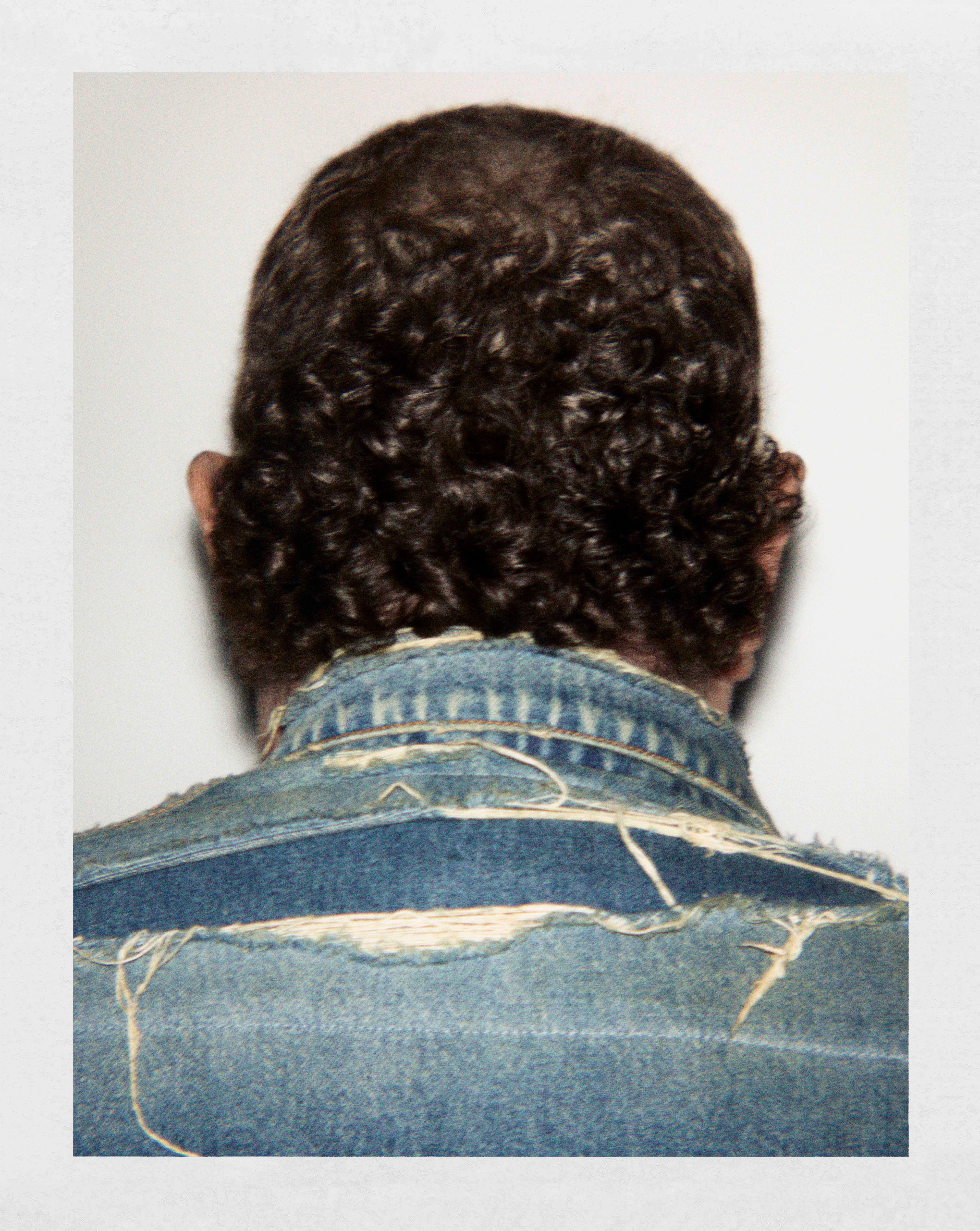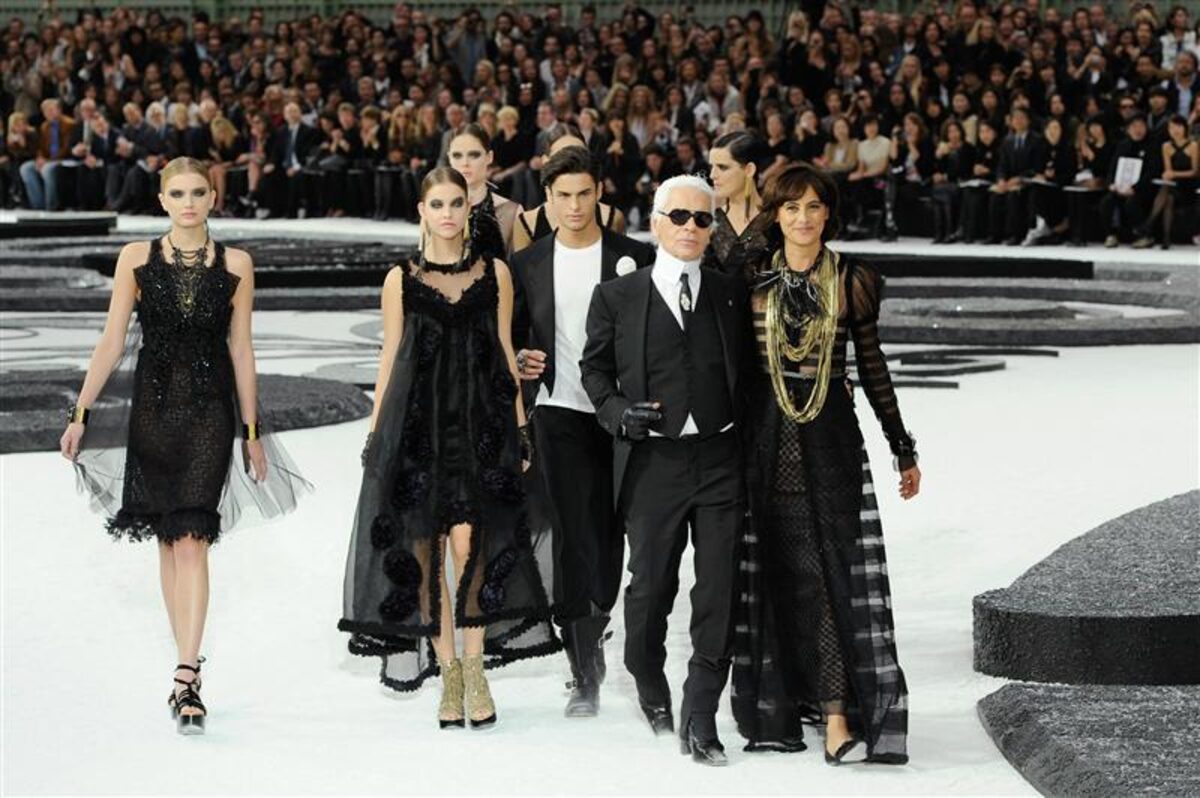How To Make Music for a Runway Show with Michel Gaubert
|Claire Koron Elat


Michel Gaubert, Remixed (2025)
From spinning records in a Champs-Élysées shop to crafting soundtracks for nearly every major fashion house including Chanel, Dior, Valentino, and Loewe, Michel Gaubert has defined the sound of Fashion Weeks worldwide. The longtime Karl Lagerfeld collaborator and legendary sound designer of iconic runway shows is now releasing his first book, Remixed (2025), chronicling four decades of producing music, fashion, and cultural discourse.
In this interview with Claire Koron Elat, he reflects on his early love of music, the evolution of sound on the runway, and the creative freedom that fuels his most meaningful collaborations.

Chanel S/S 2011. Karl Lagerfeld at the Grand Palais. Music by Michel Gaubert.
Claire Koron Elat: Do you remember your first conscious encounter with music?
Michel Gaubert: My first encounter with music was very early on. I must have been five or six, and my mom was playing music—I think I saw the Beatles or the Rolling Stone on TV, and I thought it was very exciting. I wanted to hear it again and again and again. It was like an instant calling.
CKE: You started your career in a record store. You also DJed in clubs in Paris before making music for the runway shows of major brands. Is this how you imagined things would go when you first started being seriously interested in music?
MG: No. When I was growing up, I knew I wanted to do something artistic. I loved fashion, and I loved music. I thought I belonged in that circle, but I didn’t know how yet. Then I started working in record stores and went on to working in the club. From then on, I met people who are in fashion when I was working.
And they asked me to do the soundtrack for one of their fashion shows, which was more like a side experiment. In the mid 80s, I understood that this was what I wanted to do.
But I still didn’t know how. And since I was working in the record store, I didn’t have much time to experiment and move over to fashion.
CKE: When did you decide that this was going to be your main profession?
MG: I met Karl Lagerfeld in 1989 to work with him. In the beginning, I was feeling quite insecure. Getting to work with someone like him gave me confidence as I went along. Three years later, I decided to quit my day job and focus only on doing tracks for fashion shows. I started going to Milan, then to London, and then I was also doing New York.
CKE: What does your process look like when you’re working with a designer or brand for a runway show? How do you interpret a collection through sound?
MG: There are several ways to look at it because nowadays the collection is almost an accessory. When you do a show, it’s more like a whole mood.
For example, we did a special set that was a specific sound for 032c—everything is German, most of the songs from Berlin. It’s supposed to express what 032c is about sonically.
When I worked with Raf Simons on his own brand, we would listen to a lot of things together, and then Raf would go, “Okay, I like this.” And then I would say, “Okay, I like that.” And then they would style it and make it together so it would fit. So, it’s really a conversation between two people. What interests me the most is when you exchange ideas and build something together. Sometimes I have creative freedom, sometimes it’s an exchange, but it’s not the most enjoyable when I’m being told what to do—like second per second for the music. That’s when I stop wanting to work with people. I don’t want to turn into a human record player. When people have a very specific vision, I like to complement that vision. What I don’t appreciate is when people tell me, “No, I don’t like the way this is mixed, it’s not the way I like my music mixed.” Then I say, “Okay, if you know better than me, you don’t need me.”
CKE: What value does the music have in a runway show? And how do you think it affects the audience’s perception of the collection?
MG: Music is a strong actor in the fashion show, and it’s also a visual. Music helps people understand or get a feeling when they see something. The power of music with an image is very strong. You can watch movies or a TV series and say, “Oh my God, the music was so good,” because it really fits what they’re saying.
It’s the same thing in a fashion show. Music makes people travel in their minds. It brings them to something that’s more familiar, and then it helps you understand what you see.
CKE: How has runway music changed from what was done in the 80s, 90s, and 00s? Do you think it has become more intricate and important as a tool for fashion shows?
MG: Sound is more important than ever because everyone’s on social networks. There are those Instagram or TikTok hits and some runway show music can be a hit too. Before that, runways were mostly elitist. Not that many people had access to them.
There could be a show happening in New York this afternoon, and five minutes later, everyone knows everything about it—even the music that played. Now you also have Shazam and those kinds of things—knowledge is instantaneous. Before that, it was more mysterious. Now it’s more obvious. But I like that too, because people react to it, maybe in a way that’s more sensitive or stronger.
CKE: When you compose the music, do you have digital virality in mind?
MG: Maybe sometimes. But the music is also in association with the brand and what you see. If you see a collection that’s boring or an image that is not well shot, it’s simply not appealing. The music won’t make a difference.
Today everyone is more or less looking for the viral moment. But I don’t think it should be the main goal. It’s fun when it happens. But I think it’s more fun when it happens and you didn’t foresee it. If you didn’t do it on purpose. For example, at the last Chanel show, there were pigeons in the Grand Palais, and everyone took pictures of them. That’s cool, because Chanel didn’t hire pigeons to be on the runway.
CKE: How do you choose the other artists you collaborate with?
MG: It has to feel like the right combination. There has to be a connection between the artist, the brand, and myself. You don’t want to have a situation where, for example, a brand is like, “I want to have this singer because she’s good.” But then it doesn’t make any sense together.
But with Dior, for example, we collaborated on all the traveling shows with local conductors and artists from wherever the show took place—Mumbai, Scotland, Kyoto. In New York, we worked with Kim Gordon because she’s from there—it’s all very organic.
In Scotland, we booked Nia Archives for the after party—music has no age for me.
CKE: In what ways has your perception of music changed by working for all these big houses versus starting out at a record store?
MG: My perception of music has changed because I know much more. I’m not 25 anymore. It’s amazing that you can use Spotify or Apple Music nowadays. I always keep discovering new things—and I’m not only talking about new music, but also things I didn’t even know existed. And it’s important to listen to all these things because they make you understand what music is about today.
There is a saying that’s about taking the elements of the past to make a better future. And I think that’s what we’re about. That’s also why I called my book Remixed (2025). I think that makes you want to evolve. You want to make a better version of yourself all the time.
Credits
- Text: Claire Koron Elat